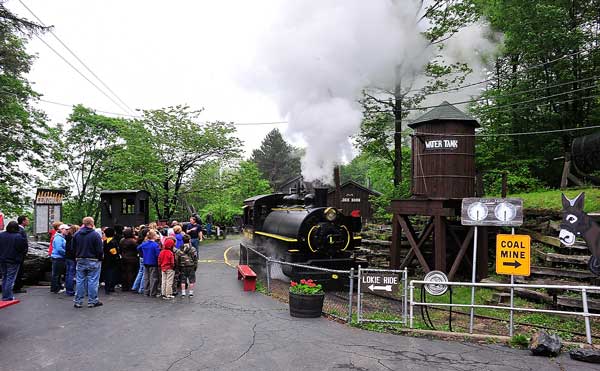Pioneer Tunnel Coal Mine - Ashland, Pennsylvania
Old Coal Mine Offers Tours
Last Visited April 30, 2018
Mine cars, heaped with black, crawl as iron wheels screech over a narrow rail toward the mountainside. Their final destination, the breaker: a processing plant…
